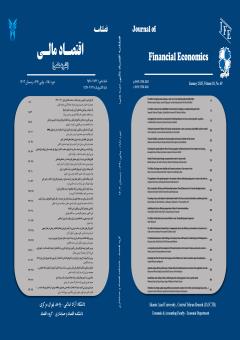Designing a model for brand loyalty through user-generated content in social media
Subject Areas : Financial EconomicsMahdi Meymani 1 , Mohammadsaleh Torkestani 2 , Ehsan Abedi 3 , Shahram khalilnezhadeazar 4
1 - Ph.D in Department of Business Management, Islamic Azad University, Tehran North Branch
2 - Faculty of Management Allameh Tabatabaí University, Tehran, Iran
3 - Department of Business Management, Islamic Azad University, Tehran North Branch
4 - Faculty of Management Allameh Tabatabaí University, Tehran, Iran
Keywords: user-generated content, brand loyalty, metacomposition, interpretive structural modeling, brand trust, ,
Abstract :
In the digital era, users and customers can affect a brand and its different dimensions by creating various contents on social media. One of such effects is brand loyalty. This study aims to develop a model for brand loyalty through user-generated content on social media by analyzing whether such contents can influence other users to become loyal to a brand. For this purpose, research synthesis methods were employed to review the research literature and extract important factors. The extracted factors included user-generated content, word-of-mouth advertising, brand identity, brand association, brand image, brand equity, competitive advantage, brand trust, customer satisfaction, and brand loyalty. The interpretive structural modeling (ISM) expertise method was then adopted to analyze the relationships between factors and extract a model for the effects of user-generated content on brand loyalty. According to the research findings, some suggestions and insights were made for marketing managers of companies to benefit from the research results. JEL Classification: M15 , M31 , L82 , N30.


